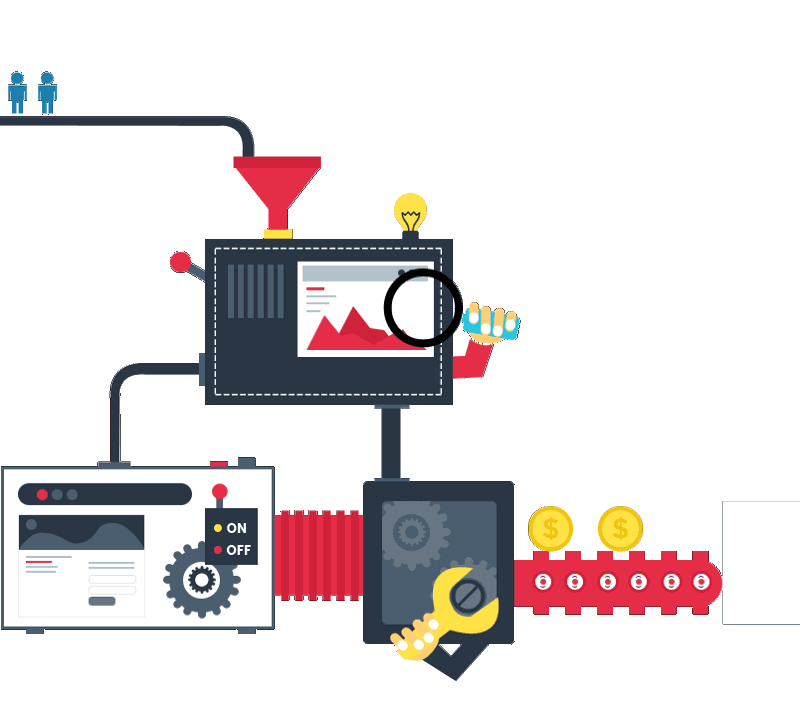
In order to understand mobile HTML5 application, you should know how it works. Until now, a lot of people don’t know much about the app they’re using even if they’ve been using it regularly. In mobile HTML5 application, everything starts with a request from the user to view a device’s content.
The user’s request will usually be in the HTTP form and it will hit the web server. For the app to deliver content, the HTML5 is needed. The mobile HTML5 application is basically meaningful data.
[announce]
Knowing the basics of the mobile HTML5 application is important so you can start using it on your phone. You need to be aware that the device and the browser can affect the application. It would help if you test out several mobile devices including the iPhone. This will help you in better understanding what HTML5 is all about.
How To Use Mobile HTML5 Application
To use the mobile HTML5 application, you must set up a page for HTML5. For instance, at the top line of the HTML file, you will have to type. This simple line is enough to show that you’re working on the HTML5. You can also use JavaScript which is hosted by Google, and perhaps a boilerplate code or title. Everything else will depend on the request of the user.
The mobile devices are unique and come with varied features. It would be best if you check for the device’s server-side detection solution. Knowing the capabilities of your device is important when you’re using the mobile HTML5 application. Are you aware that most mobile apps are launched with an offline device? If this is the case, you also have to deal with offline data. If you are unable to access the Internet, the data architecture can be confusing.
In the example above, the JavaScript was used. However, you can also use mobile HTML5 application with CSS3. The content that you will see is enclosed in tags to give meaning to it. You will love the cache manifest feature of HTML5 because you can use it to store images, CSS, and JavaScript files. Even if you are offline, you can still view the files because the interface elements are available.
Mobile HTML5 Application Development Guidelines
Regardless of the device that you’re using, it’s best to maintain semantic codes. Before the use of JavaScript or CSS, the markup should be written first. The lowest markup form will remain usable. Most features of the mobile HTML5 application require the use of Java, so familiarity with the latter is vital.
When using JavaScript, you will also deal with hybrid scripts, core scripts, and device scripts. Aside from this, you should also look into CSS because it serves as the app’s presentation layer. The mobile HTML5 application is indeed one of the best features of today’s mobile devices. If you plan to create the HTML5 app from scratch, you will have a whole new different experience.
Companies like Nokia, Apple, and Microsoft are always working on innovative features to attract users. The HTML5 app is just one of these features. Learn the basics and you will know what to do with the content.



I merely can’t leave your web site in advance of suggesting which i definitely liked the regular details somebody source for your website visitors? Will be going to be once more regularly as a way to inspect innovative discussions